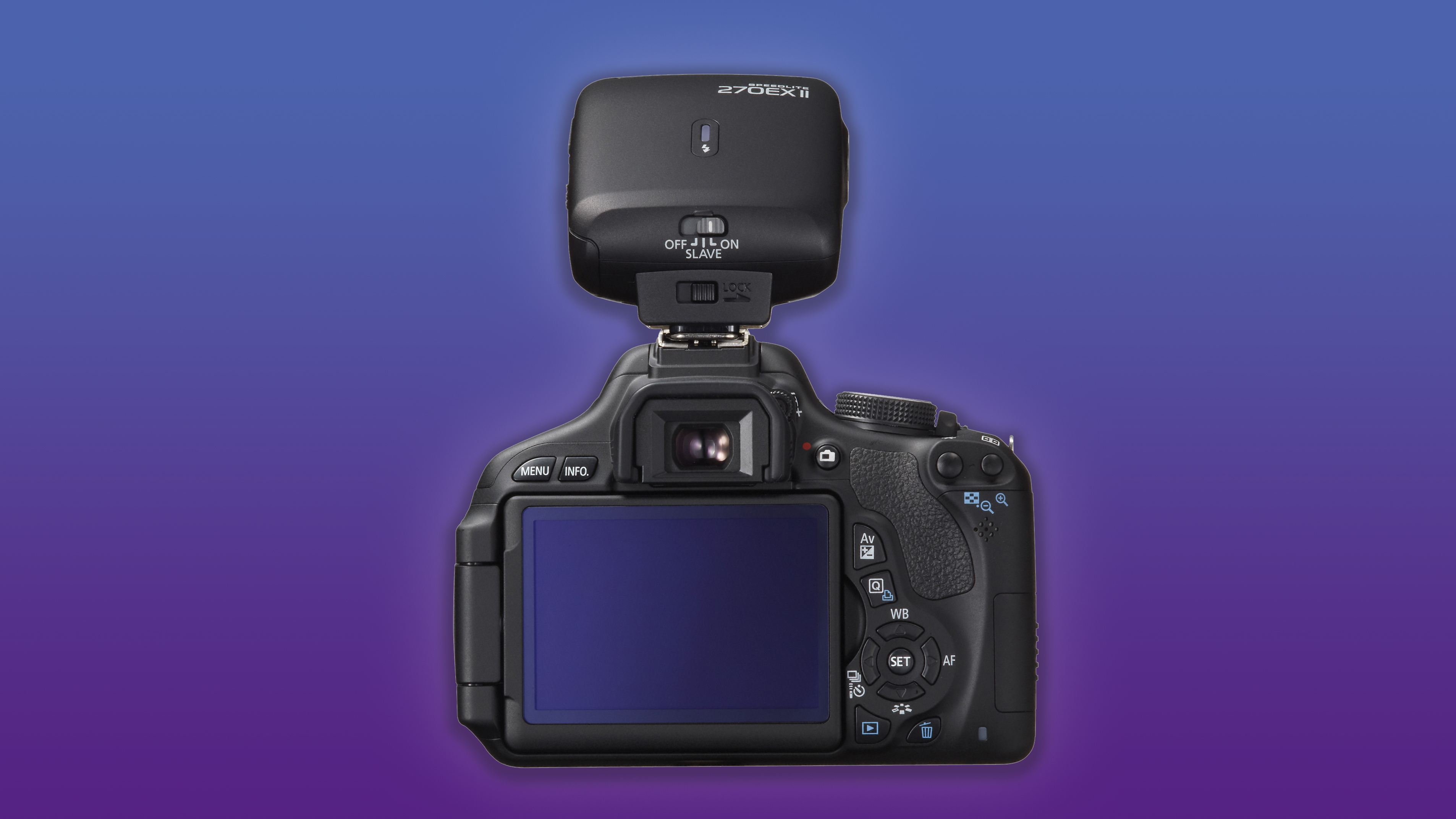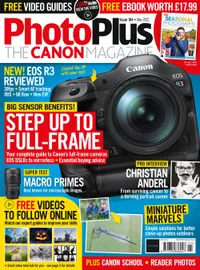Which flash mode is best on a Canon camera?
When you're using flash on-camera with a Canon, should you use first curtain, second curtain or high-speed sync?

Flash photography can seem complex to a beginner, but once you break down the different flash modes and understand how they work in different shooting situations, you'll soon find yourself wanting to use flash more often.
We've written before on flashgun sychronization modes, and although every camera model displays flash modes in a slightly different way, the approach is very similar. Here, we'll look at the best Canon cameras. Most Canon cameras offer three three shutter sync options when you're using flash on-camera; first curtain, second curtain and high-speed sync. But which is the best mode to use?
While the three shutter sync options are grouped in the same menu setting, high speed sync is different to the others. First curtain sync was the standard for cameras with a focal plane shutter, such as most film and DSLR and mirrorless cameras.
This works for most photos, but if you want to combine a longer ambient light exposure and a burst of flash it can be useful for the flash to fire at the end of the exposure, just before the second curtain closes. EOS cameras include second curtain sync settings for when a Speedlite flash is on the hotshoe.

With second curtain sync, movement of the subject looks natural, since the subject is frozen by flash after the movement. Whereas first curtain freezes the subject before the movement happens with a long exposure.
• Looking for the best Canon flashgun?
If you pan with your subject the results look like the subject is in reverse, unless you use second curtain sync. Canon’s off-camera flash system didn’t provide second curtain sync with optically triggered remote flashes, and it was also missing from the radio wireless system until the arrival of the Speedlite EL-1 and Speedlite Transmitter ST-E3-RT version 2. With the second curtain sync it is possible, since the radio signals to trigger remote Speedlites can be sent while the shutter is open.
The best camera deals, reviews, product advice, and unmissable photography news, direct to your inbox!
High speed sync is different as it allows the camera shutter speed to be faster than the sync speed, making it great for combining flash and bright ambient light. The flash illuminates the scene whilst each section of the sensor is uncovered. This means shutter speed affects flash brightness – the faster the shutter speed is, the less powerful the flash becomes.
PhotoPlus: The Canon Magazine is the world's only monthly newsstand title that's 100% devoted to Canon, so you can be sure the magazine is completely relevant to your system. Every issue comes with downloadable video tutorials too.
Brian is a freelance photographer and photo tutor, based in Oxfordshire. He has unrivaled EOS DSLR knowledge, after working for Canon for over 15 years, and is on hand to answer all the EOS and photographic queries in Canon-centric magazine PhotoPlus.
- Lauren ScottFreelance contributor/former Managing Editor


